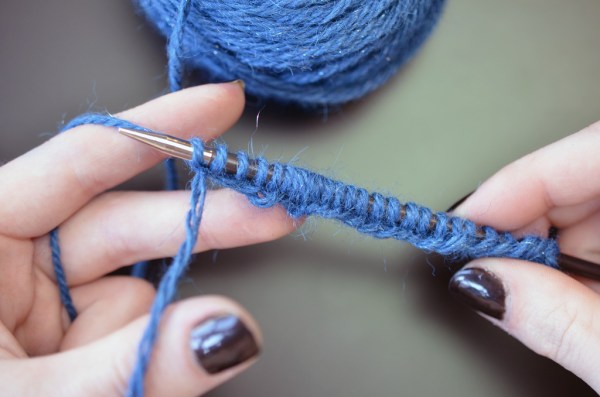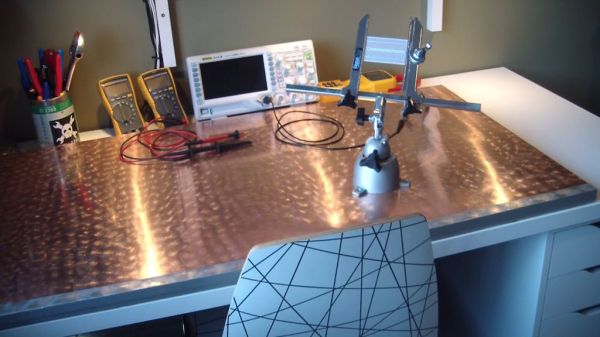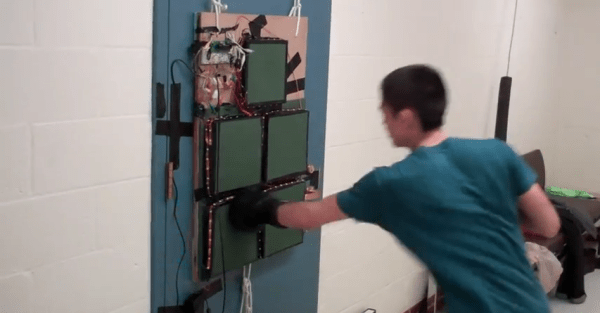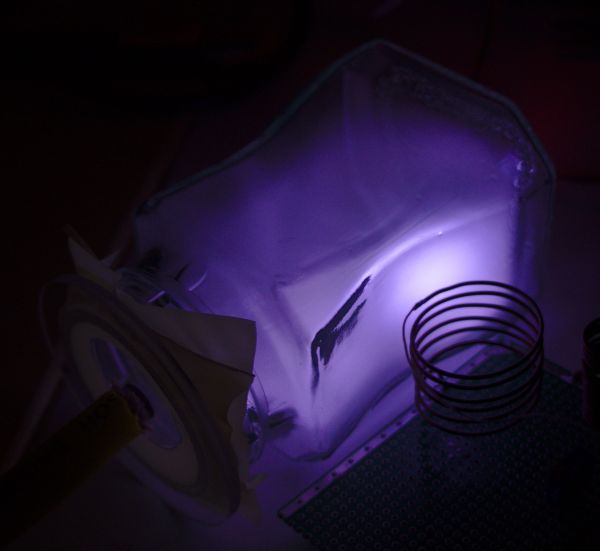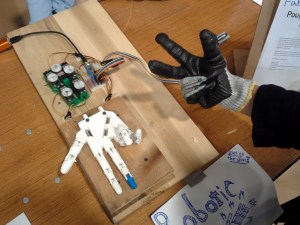For those of us in the slightly inhospitable parts of the northern hemisphere, it’s freaking cold outside. Spring can’t come sooner, and smartphones won’t work if you’re wearing normal gloves. Smartphones will work if you sew a few bits of conductive thread into your gloves, but if you prefer mittens, you’re out of luck. That’s alright, because [Becky] at Adafruit has great guide for knitting your own smart phone mittens.
Intellectually, the concept of weaving fabric is fairly simple – it’s just interlaced threads that form a flexible sheet. Sewing, too, is fairly straightforward. Knitting, on the other hand, is weird. It’s a single string tied to itself that forms a 3D shell. If you’ve ever picked up a pair of knitting needles, you’ll soon realize whoever invented knitting is perhaps the greatest forgotten genius in all of human history. Lucky, then, that [Becky] has a lot of links that go through how to knit, and how to turn yarn into a pair of mittens with this pattern.
To make these mittens work with a smartphone, [Becky] is using a stainless conductive yarn stitched into the thumb and fingertips of the mitten. It works, and now you can use your touchscreen device no matter how cold it is.

